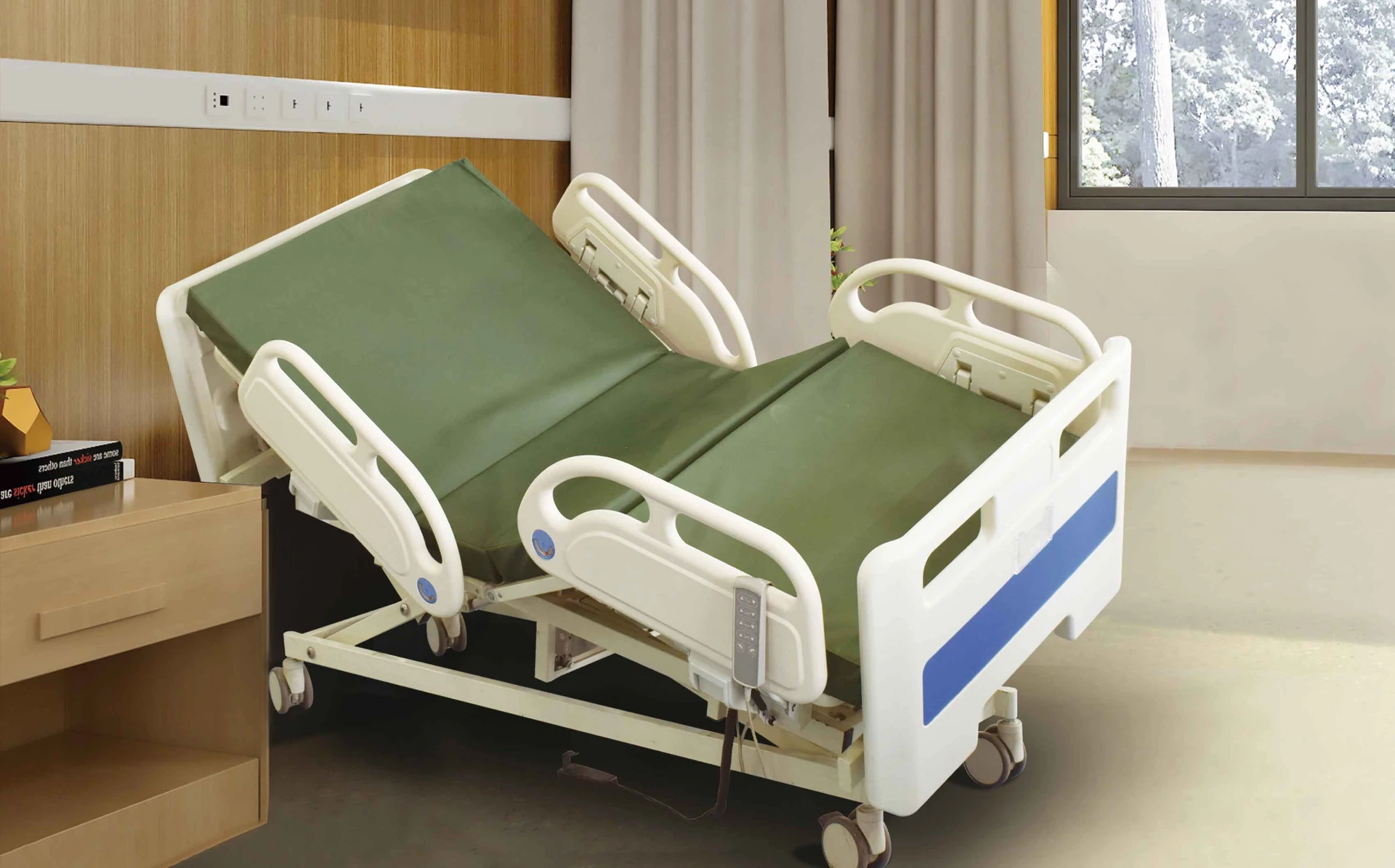Welcome to our websites!
Guidelines for Using an Anti-Decubitus Mattress Effectively
How to Use an Anti-Decubitus Mattress A Comprehensive Guide
Anti-decubitus mattresses, also known as pressure-relieving mattresses, are essential tools for preventing pressure sores (decubitus ulcers) in individuals with limited mobility. These specialized mattresses are designed to distribute body weight evenly, reduce pressure on vulnerable areas, and promote comfort. Here’s a comprehensive guide on how to effectively use an anti-decubitus mattress.
Understanding Anti-Decubitus Mattresses
Anti-decubitus mattresses come in various types, including foam, air-filled, and alternating pressure models. Each type has its unique features
1. Foam Mattresses These are made from high-density foam that contours to the body. They provide excellent pressure relief and are often more cost-effective.
2. Air-Filled Mattresses These consist of air chambers that can be inflated or deflated to adjust firmness. They are particularly beneficial for patients needing intensive pressure relief.
3. Alternating Pressure Mattresses These mattresses periodically inflate and deflate specific air chambers, creating a dynamic surface that helps to enhance blood circulation and reduce pressure points.
Steps for Using an Anti-Decubitus Mattress
1. Choosing the Right Mattress - Assess the patient's specific needs. Consider factors such as weight, level of mobility, and any existing pressure sores. - Consult with healthcare professionals to select the most appropriate type of anti-decubitus mattress for the individual.
2. Setting Up the Mattress - Place the mattress on a clean, flat surface, such as a hospital bed or a sturdy mattress platform. - If using an air-filled or alternating pressure mattress, connect it to a power source or a pump as per the manufacturer's instructions.
anti decubitus mattress how to use

3. Adjusting the Mattress Settings - For air-filled and alternating pressure models, adjust the inflation according to the patient's weight and comfort level. - Make sure that the patient is comfortable while ensuring that the mattress is firm enough to prevent bottoming out.
4. Proper Placement of the Patient - Carefully position the patient on the mattress. If the patient has limited mobility, utilize proper lifting techniques to avoid injury. - Ensure that the patient's spine is aligned, and adjust pillows as necessary for head and neck support.
5. Monitoring the Patient - Regularly check the patient's skin for any signs of pressure sores or skin breakdown. - Reposition the patient every two hours to promote circulation, even when using an anti-decubitus mattress, as this is crucial for preventing sores.
6. Maintaining the Mattress - Clean the mattress regularly according to the manufacturer's guidelines. Most foam and air mattresses can be wiped down with a mild disinfectant. - For air-filled models, check for leaks and ensure the pump functions correctly to maintain the correct pressure settings.
7. Educating Caregivers - Training family members or caregivers on the proper use and care of the mattress is essential. They should know how to adjust settings, reposition the patient, and perform regular skin checks.
Benefits of Using an Anti-Decubitus Mattress
Using an anti-decubitus mattress offers numerous benefits
- Pressure Redistribution By distributing weight evenly, these mattresses reduce the risk of pressure sores. - Enhanced Comfort Patients experience improved comfort, which can lead to better sleep quality and overall well-being. - Improved Mobility Some models are designed to facilitate easier movement, thus aiding in rehabilitation and preventing further complications.
Conclusion
Anti-decubitus mattresses play a crucial role in the care of individuals at risk for pressure sores. By choosing the right mattress, setting it up properly, and following care protocols, caregivers can significantly contribute to the patient's comfort and health. Regular monitoring and maintenance, alongside education for caregivers, are vital to maximizing the benefits of these specialized mattresses. Understanding how to effectively use an anti-decubitus mattress can make a significant difference in the quality of care provided to vulnerable individuals.
-
Transforming Healthcare with Hospital FurnitureNewsJun.24,2025
-
Rehabilitation EquipmentNewsJun.24,2025
-
Mobility and Independence with WheelchairsNewsJun.24,2025
-
Freedom of Mobility with Our Rollator WalkersNewsJun.24,2025
-
Comfort and Independence with Commode ChairsNewsJun.24,2025
-
Bathing Safety and Independence with Shower ChairsNewsJun.24,2025
-
Navigating the Wholesale Landscape of Electric Mobility Solutions: Key Considerations for Power Wheelchair DealersNewsJun.10,2025











